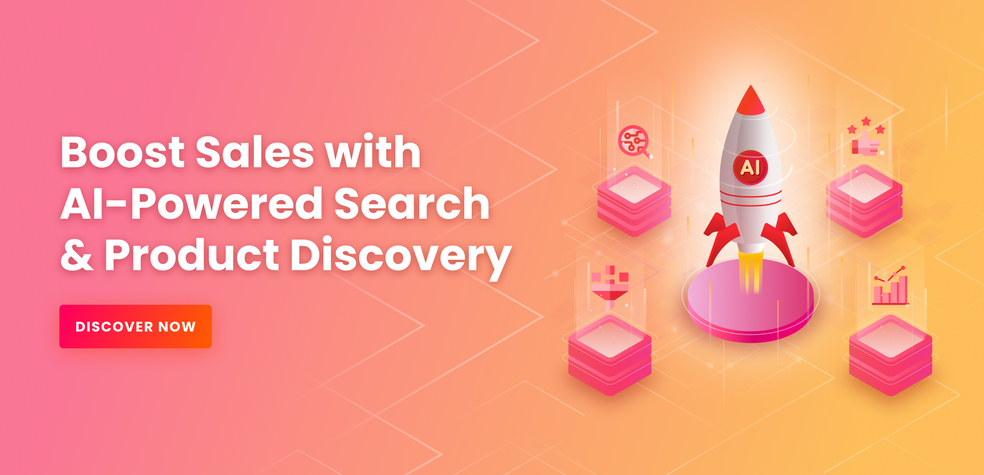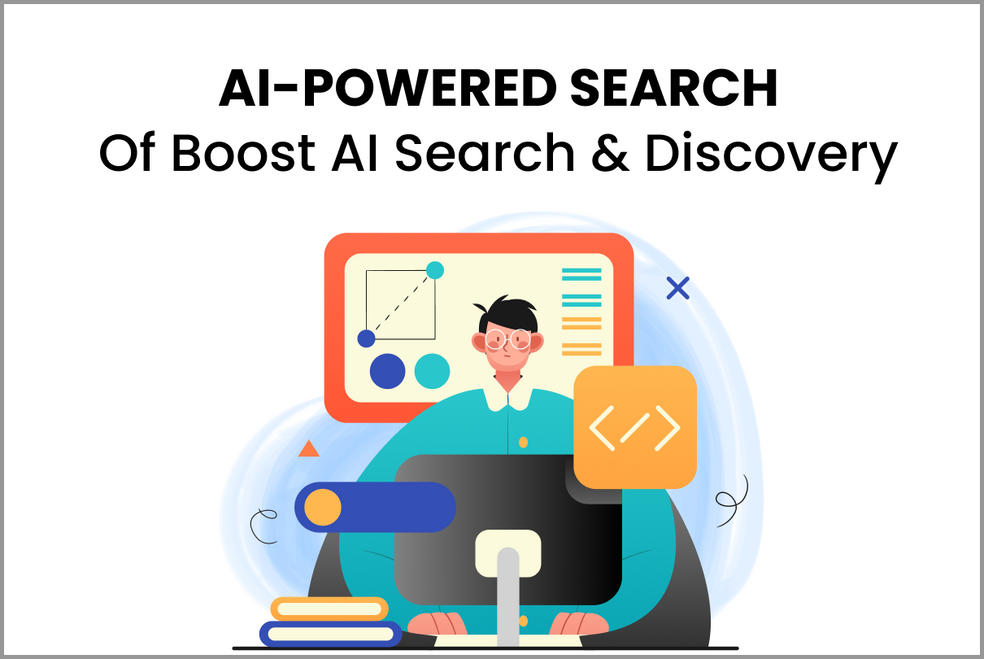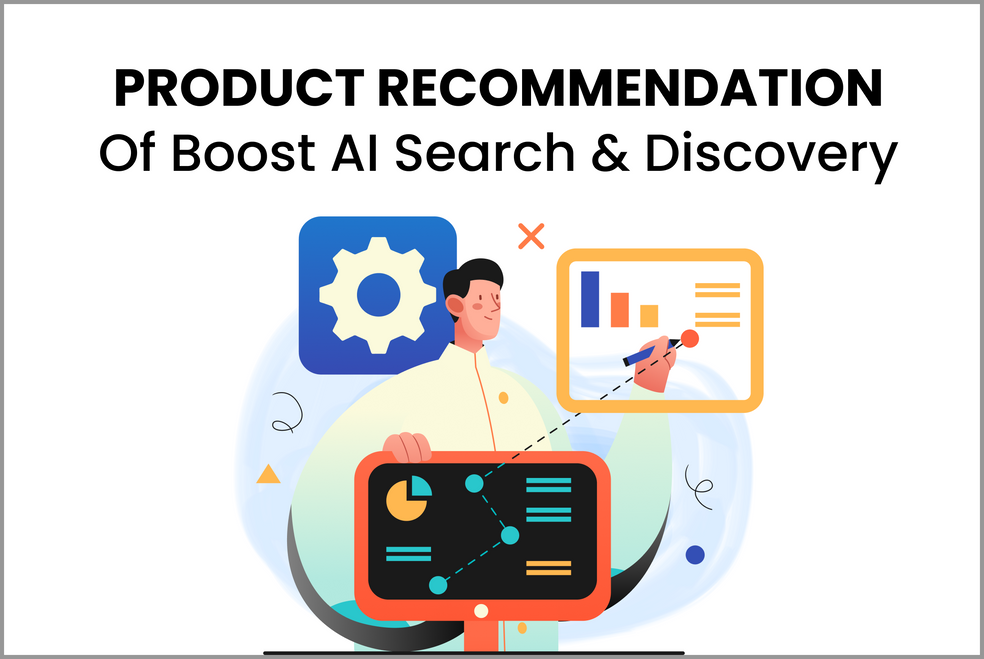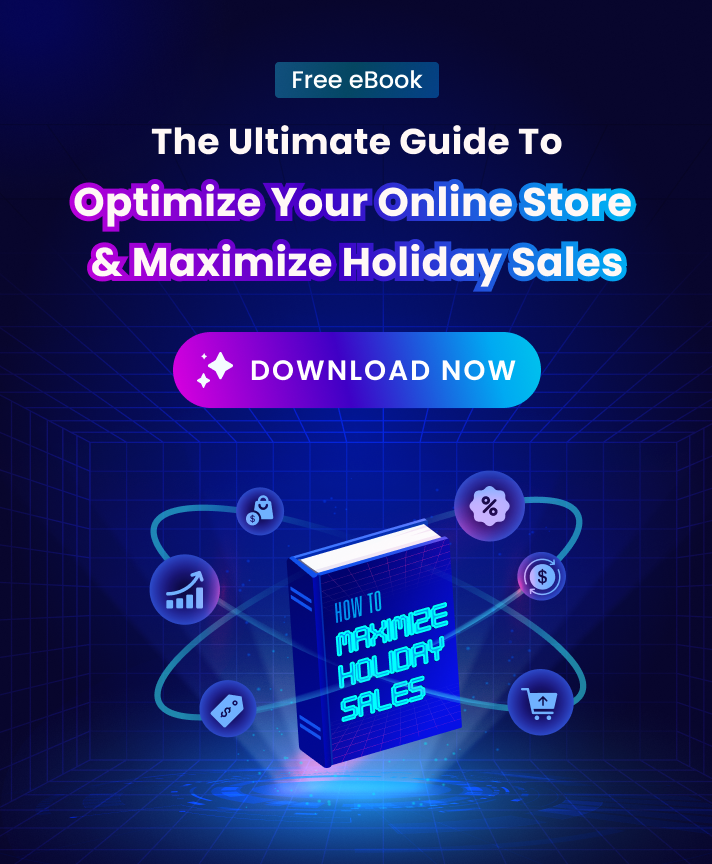What is Product Recommendation?
Product recommendation is a customer-centric approach that refers to the process of suggesting products and services your customer might be interested in, based on the contents of their browsing history, purchase history and other data.
Amazon is one of the most famous online retail stores. It uses a recommendation system as one of key business models where it suggests products to buy to its customers based on their previous purchases and also makes recommendations to other products that a customer might be interested in.



Above is the main page of Amazon, it’s well known for the vast number of product recommendations. It lists all of the most used recommendations for you in the top fold and also provides you with a list of item recommendations as you scroll further down on the page.
How does Product Recommendation work?
The first step involves the initial product selection based on general data, such as gender and age preference, after which the system continues to gather relevant data.
Secondly, the system monitors the current shopping habits of your customers through browsing history, item selection and purchase history to create an accurate prediction of their future requirements by applying data mining techniques such as probability theory and statistical analysis.
Lastly, when a customer is ready to make a purchase, the product recommendation system recommends an appropriate product or service that matches their current need and purchase history.
Types of product recommendations
Content-Based Filtering Systems
A data-mining system filters through the database and analyzes the customer’s interests and generates a product recommendation based on similar traits that the customer has shown interest in in the past. The system then uses this data to predict what other products are likely to interest the customer.
For example, if a customer has had success with an Ipad in the past, the system should be able to recognise what features he or she prefers and will be able to offer those products with similar features next time.
Collaborative Filtering Systems
Collaborative filtering systems use the previous purchasing patterns of similar customers to predict the products that other customers might like.
This system is also known as “social filtering,” and takes advantage of the fact that some customers might have similar tastes or other characteristics that allow for common preferences. If a group of people who have bought a certain product in the past, then it is likely that another person who belongs to this group will also be interested in it.
Hybrid Systems
To overcome the limitations of each method, many companies are now using a combination of filtering methods in order to further enhance the accuracy and effectiveness of product recommendations. Companies like Amazon use both methods, while others such as Netflix combine them into a single system called “Hybrid Recommender”.
Hybrid filtering uses both collaborative filtering and content-based filtering to create a product recommendation that is based on both customer’s personal preferences and their social context. Some companies may also use other sources of information such as social media interactions to improve their recommendations.
Best practices to optimize Product Recommendation
1. Catch the trend
A more advanced way of recommending your products is to show products that are trending right now. You get to save some time because you don’t have to think up something new and instead, can just include the most popular items in your content. You can also be sure that whatever you suggest will sell at least for a while until another trend replaces it.
2. Discounts & Sales
Another way of making users buy more is to offer discounts. When users see that they are getting lower prices on products they’ve already been eyeing, it can greatly increase the chance that they will go ahead and purchase.
3. Design for scalability and ease of use
To enhance the quality, efficiency and accessibility of the product recommendation system, a scalable framework for implementing it must be designed. This might involve using advanced data mining techniques such as tree-based algorithms and neural networks. In addition, special attention should also be paid to the interface design in order to provide an intuitive experience that is easy to use and understand.
4. Use multiple data sources
In order to provide as accurate a prediction as possible, it is advisable to use multiple data sources. This includes browsing history, purchase history, demographic information, psychographic information and social interactions such as “likes”, “shares” and comments on specific products or services. Using a variety of data sources will allow the system to gather enough data and information about the customer to make an accurate prediction about their future needs.
5. Monitor and analyze the system in real-time
In order to improve the operation of a system, it is important to monitor and analyze its performance during use. A software system should be able to demonstrate clear improvements in accuracy over time and new features that are added should be tested and verified with the data set in order to determine whether they are suitable. At all times, feedback from customers should also be monitored and analyzed in order to implement changes that will improve their experience.
















